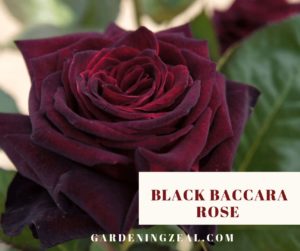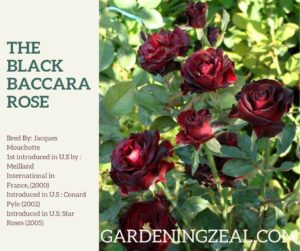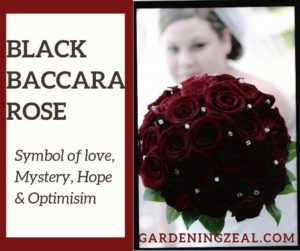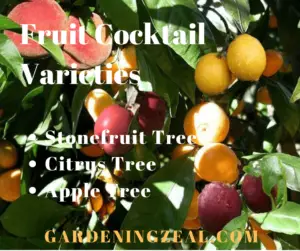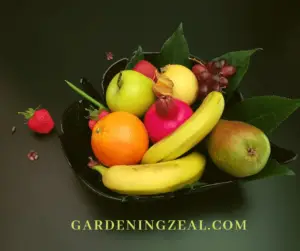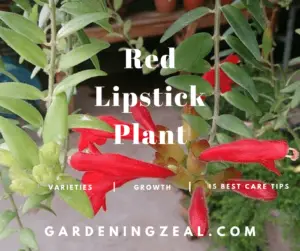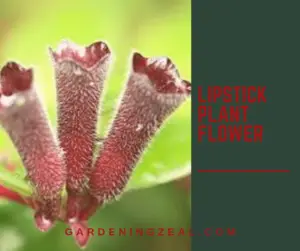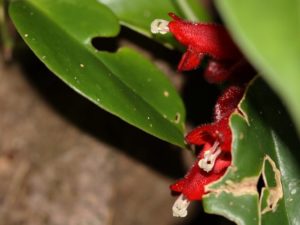Bush morning glory is silver enchanting evergreen glorious plant is the best choice for you to grow and enjoy its beauty in your garden. This annual plant with small tricolor blooms gives mind-blowing shades because it has more colorful varieties other than white flowers.
Learn more about this glorious ‘Blush Morning Glory’ to grow with low-maintenance attributes.
What Kind of ‘Bush Morning Glory’ Plant is?
Bush morning glory (Lpomoea leptophylla) is a drought-tolerant perennial plant belonging to the Convolvulaceae Family with multiple varieties of showy flowers.
It is commonly recognized as
- Wild potato vine
- Bigroot bush morning-glory
- Bush moonflower
This bushy, herbaceous plant grows up to 1-5 feet tall by 1-3 feet wide growing funnel-shaped flower. Originally, it belongs to the Mediterranean region now adapted to your garden climate producing silver flowers covering your landscape.
Bush Morning Glory Growth Tips
You will be relaxed after knowing that morning glory does not need your die-hard efforts as it is a low-care demanding plant that can even tolerate water shortage.
First of all, give it a sunny place in your garden as it grows best in full sun.
Secondly, you must also maintain proper drainage and plant there. If your garden place is lacking proper drainage, plant your bush in a raised area.
So keeping this trait in your mind, adjust its watering schedule. No need to give it water over and over again. The drip irrigation system will do best for this plant.
The selection of soil before growing a plant is tricky yet significant. This plant requires well-aerated soil with pH 7.3 or above but can also tolerate container soil of pH ranging 5.5-5.8.
Morning glory is not frost tolerant plant and foliage highly suffer but survives harsh winters temperature below -25 oF.
Do not rush to fertilize because it can grow without a heavy dosage of compost or other heavy fertilizers.
Coming towards pruning as it is one of the most important things to care for and shape your plant, bush morning glory does not require more often because it can manage its natural shape.
If still, you feel the need of pruning, fall or winter is best. You can also refresh by cutting its foliage every second or third year.
Read More:
